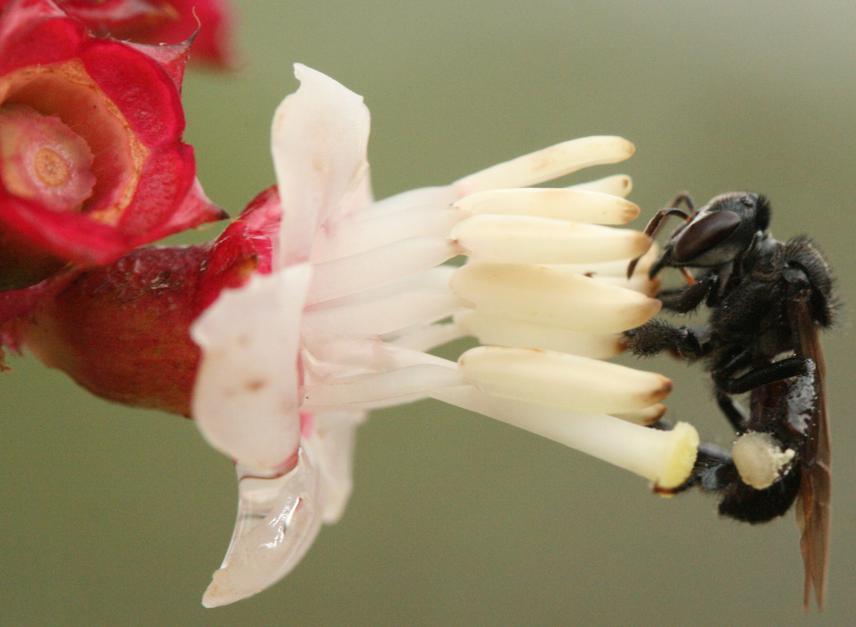José Neiva Mesquita Neto
This project aims to reveal which are the priority groups for the preservation and maintenance of the pollination by vibration.

The deforestation of tropical forests progresses much faster than the ability of science to catalog species and analyze ecological relationships. It has been causing the extinction or drastic reduction of local populations of pollinators and species of plants which provide pollen to feed their offspring. The main floral resources for the pollinators, are pollen and nectar, but among them, pollen is the most important to bees. The pollen contain almost all source of nitrogen and phosphorus to the larvaes need and it is a limiting floral resource for maintaining bee populations. While most angiosperms presents its pollen easily accessible to flower visitors, about 10% of flowering plant species hide their pollen in the anthers that opening by small apical holes. This requirement restricts the gamma of possible pollinators of these species, once the pollen of these species is uniquely extracted by bees which vibrates their anthers, thereby increasing the vulnerability of these plants. Despite the wide distribution of most species with poricidal anthers several are endemic, in population decline and are included in official lists of endangered species in Brazil. It is not known if the rarity of these species is related, in part, to pollination deficit, low frequency and/or lack of pollinators. Therefore, the selection and characterization of plants and pollinators, generalist and specialist, is critical to the development and implementation of measures to the conservation of this system. This information must be relevant to the understanding of the bee community and its association with the poricidal anthers flora and must be a useful tool for indicate the vulnerability of those species in landscape changes. The recognition of the decline of pollinators, especially bees and the commitment of the pollination service to the cultivated plants and to the vegetables species in threatened ecosystems, resulted in the formation of pollinator protection initiatives.